Starting a bonsai garden is a calming, artistic hobby that brings a little piece of nature into your home. While bonsai can seem intimidating at first, many tree varieties are forgiving and easy to care for making them perfect for beginners. Whether you prefer a lush indoor tree or a sturdy outdoor bonsai, this guide introduces you to the best beginner-friendly bonsai trees. Each one is resilient, beautiful, and adaptable, helping you build a charming miniature garden with ease.
1. Ficus Bonsai (Ficus retusa)
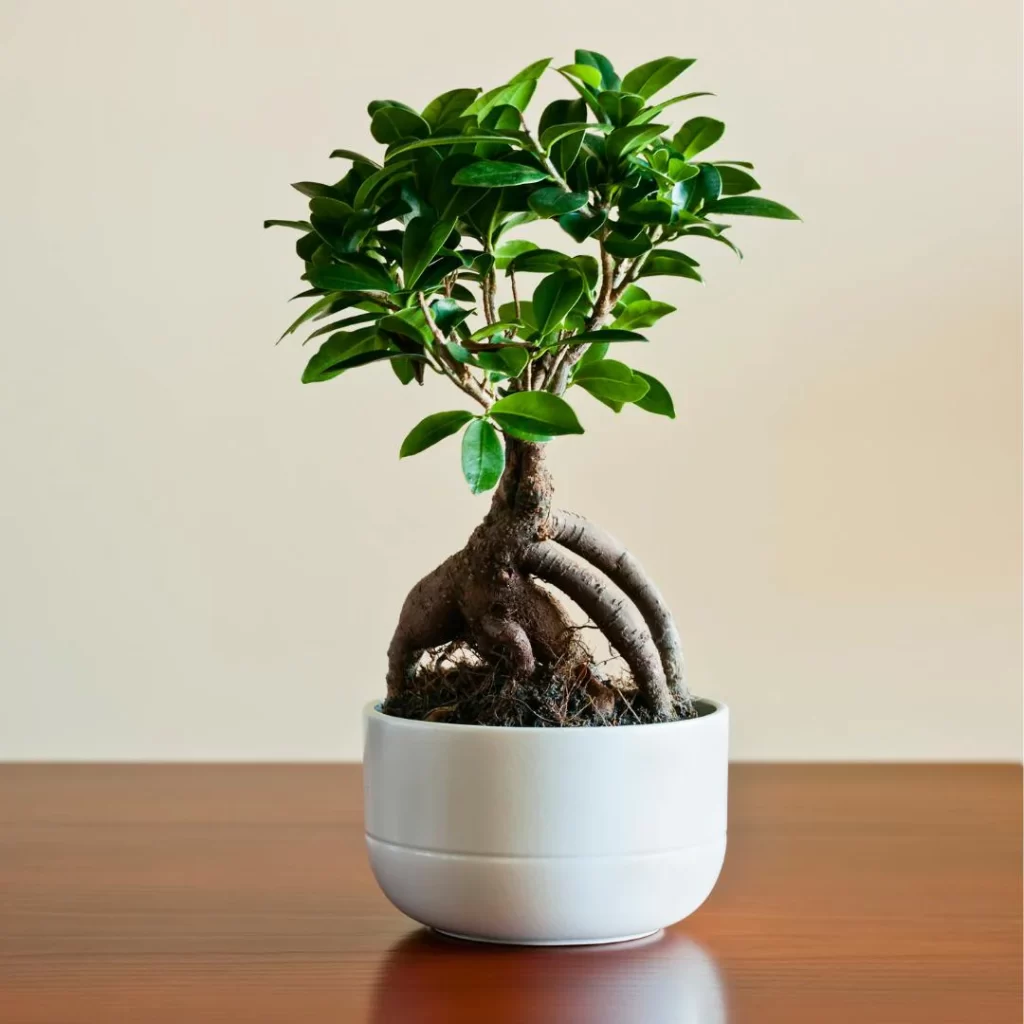
The Ficus Bonsai is one of the most popular choices for beginners, and for good reason. This hardy tree thrives indoors, tolerating lower humidity and inconsistent care better than many other varieties. Its thick, glossy leaves and attractive aerial roots give it a lush, tropical appearance. Ficus Bonsai is incredibly forgiving, bouncing back quickly from pruning mistakes or irregular watering. It enjoys bright, indirect light and can be shaped easily, making it an ideal starting point for anyone new to bonsai gardening.
2. Chinese Elm Bonsai (Ulmus parvifolia)

A favorite among novices and experts alike, the Chinese Elm is an elegant yet tough bonsai option. Its small serrated leaves, graceful branches, and naturally balanced shape make it visually appealing. This species adapts well to both indoor and outdoor settings and tolerates occasional neglect. The Chinese Elm is highly responsive to pruning, allowing beginners to experiment with different styles. It prefers bright light, regular watering, and occasional misting to keep its foliage fresh and vibrant.
3. Jade Bonsai (Crassula ovata)

If you’re looking for a bonsai that’s almost impossible to kill, the Jade Bonsai is a top contender. Technically a succulent, this plant is drought-tolerant and requires minimal maintenance. Its thick, shiny, oval-shaped leaves and sturdy branches give it a pleasing, compact appearance. Jade Bonsai thrives in bright, indirect light and only needs watering when the soil is completely dry. Its resilience to pruning and low-maintenance nature make it perfect for beginners who want a fuss-free introduction to bonsai.
4. Juniper Bonsai (Juniperus spp.)
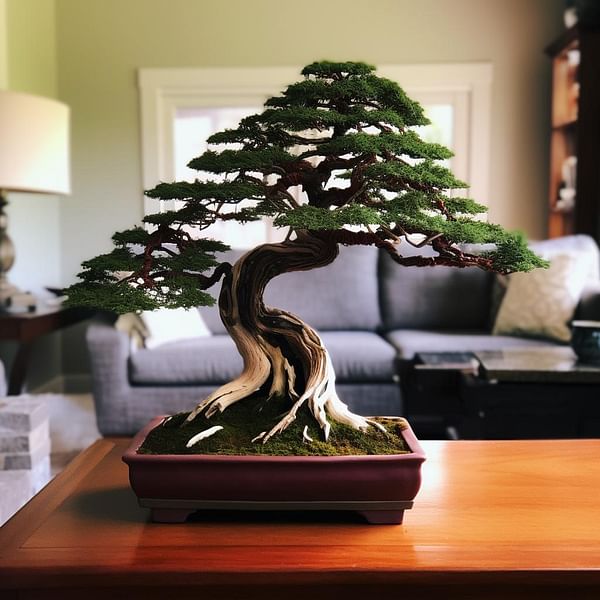
One of the classic outdoor bonsai trees, Juniper Bonsai is perfect for those who want a traditional look. Its needle-like foliage and naturally rugged, windswept appearance make it a favorite for beginners. Junipers prefer outdoor environments with plenty of sunlight and good air circulation. They respond beautifully to wiring and shaping, allowing new enthusiasts to practice bonsai techniques. While they do require consistent watering, they’re fairly resilient and rewarding for gardeners who want a more natural, aged look.
5. Dwarf Schefflera (Schefflera arboricola)
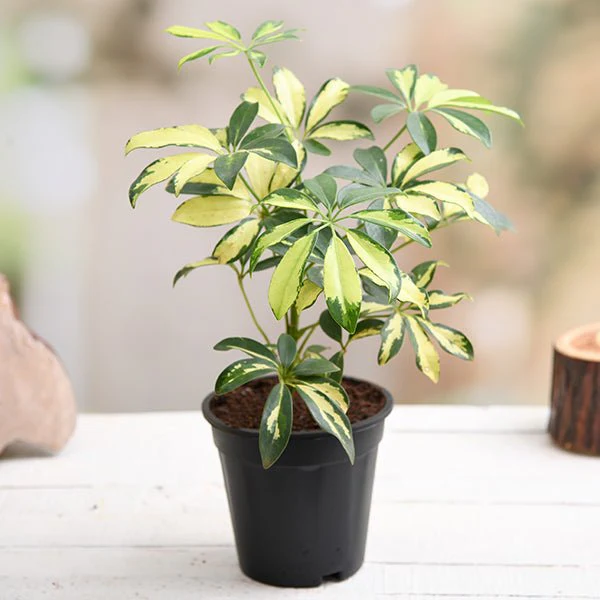
Commonly called the “umbrella tree,” Dwarf Schefflera is an excellent indoor bonsai option. Its shiny, rounded leaves grow in clusters, resembling tiny green umbrellas. This plant is very forgiving, tolerating irregular watering and low-light conditions better than many other bonsai species. Though it’s less traditional in appearance, it offers a playful, tropical touch to any room. It’s easy to train into interesting shapes through pruning and wiring, making it a fun, creative choice for bonsai beginners.
6. Serissa (Serissa foetida)

Known as the “Tree of a Thousand Stars” for its delicate, star-shaped white flowers, Serissa is a charming bonsai that blooms generously under the right conditions. It prefers bright light, moderate watering, and good air circulation. While it’s slightly more sensitive than other beginner bonsai trees, it’s still manageable for attentive new gardeners. Serissa responds well to pruning and offers the extra bonus of seasonal blooms, making it a delightful addition to any beginner’s miniature garden.
7. Fukien Tea Bonsai (Carmona retusa)
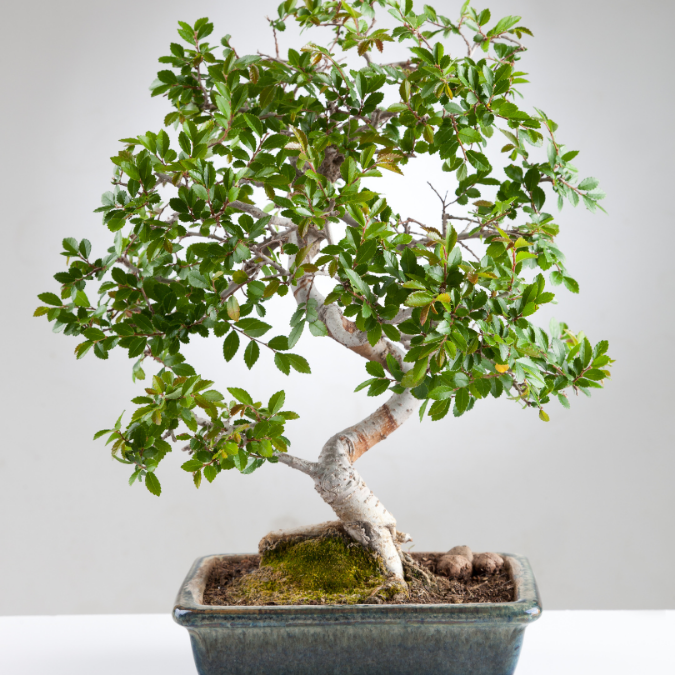
Fukien Tea Bonsai is prized for its glossy leaves, small white flowers, and occasional red berries. It thrives indoors in bright, indirect light and enjoys regular misting. While it prefers a consistent watering schedule, it’s forgiving of minor mistakes, making it a good candidate for beginners ready to tackle a slightly more delicate species. Its compact growth and charming appearance bring an elegant touch to any space, and it can be easily styled into a variety of bonsai forms.
8. Boxwood Bonsai (Buxus sempervirens)
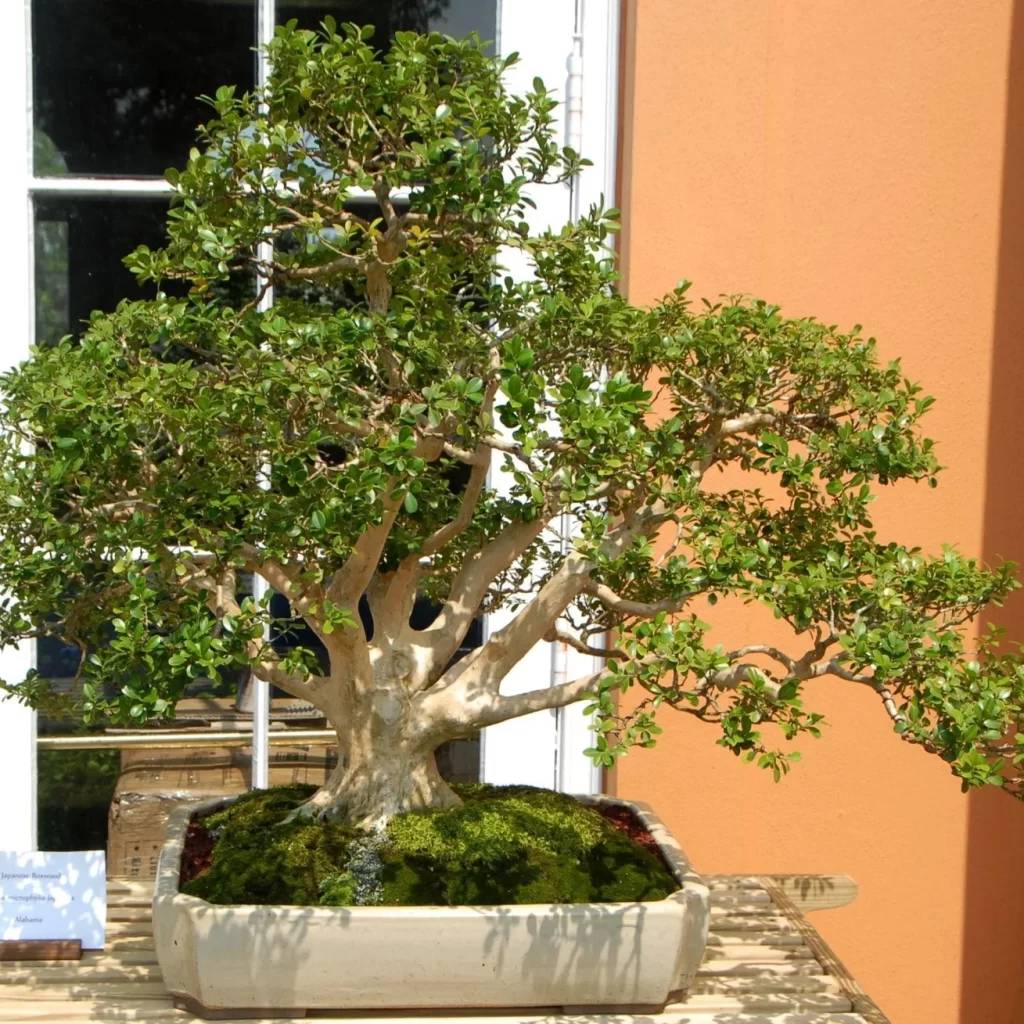
A sturdy and adaptable species, Boxwood Bonsai is a fantastic starter tree for outdoor bonsai enthusiasts. Its small, dense leaves and naturally compact shape make it easy to maintain. Boxwood is tolerant of pruning, wiring, and shaping, allowing beginners to experiment with bonsai techniques without fear. It thrives in partial to full sunlight and prefers regular watering. This hardy plant is also disease-resistant, adding to its beginner-friendly reputation. With its classic look, Boxwood adds timeless elegance to any miniature garden.
9. Sweet Plum Bonsai (Sageretia theezans)
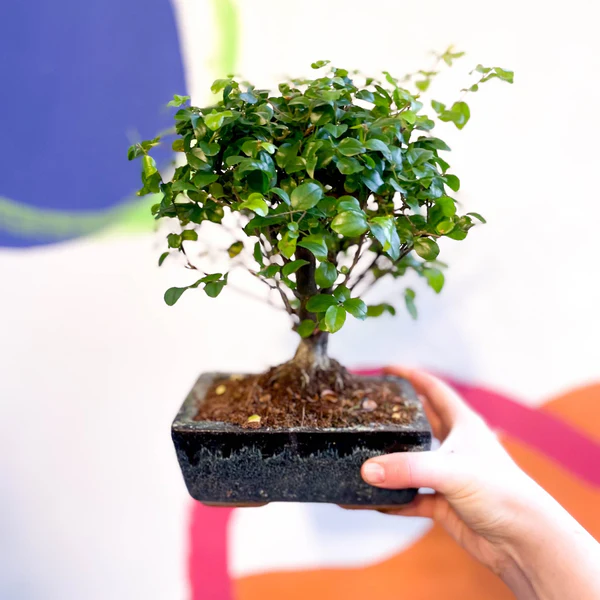
The Sweet Plum Bonsai is known for its tiny, glossy leaves and reddish bark, which develops an attractive texture over time. It produces small, fragrant flowers in summer and sometimes tiny berries, offering year-round interest. Sweet Plum prefers bright light and moderate watering. It’s highly responsive to pruning, making it easy for beginners to shape. This bonsai’s adaptability and charming appearance make it a rewarding choice for new bonsai hobbyists looking for a plant with personality.
10. Hawaiian Umbrella Tree Bonsai (Schefflera actinophylla)
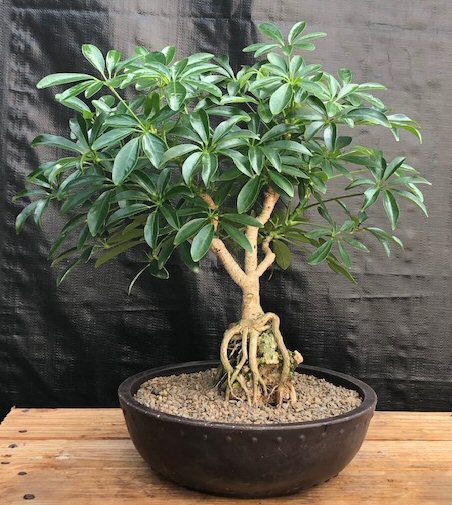
This hardy, fast-growing bonsai is perfect for beginners seeking a low-maintenance option. Its glossy, umbrella-shaped leaves grow in clusters, creating a lush, tropical appearance. Hawaiian Umbrella Bonsai is exceptionally resilient, tolerating a range of light conditions and occasional watering mistakes. It responds well to pruning and wiring, making it a great practice tree for learning bonsai techniques. It’s an ideal pick for anyone starting their miniature garden journey with a plant that offers visual appeal and reliable growth.

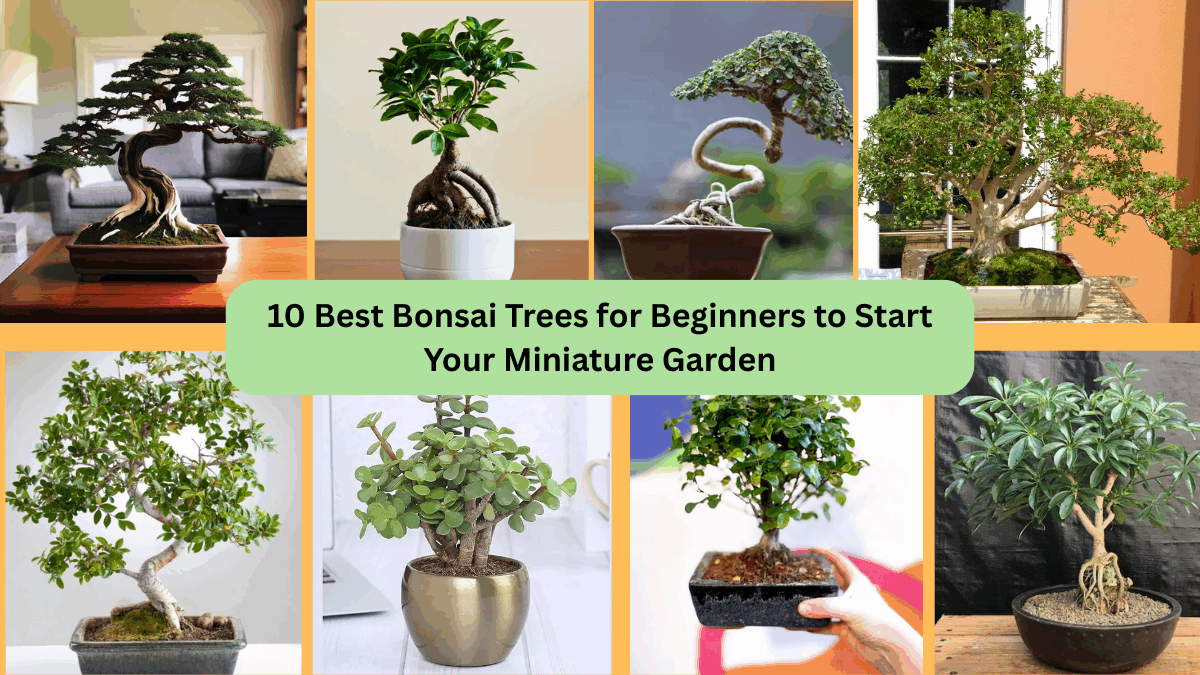
Leave A Comment